Reid Park Zoo was founded in 1967 by Gene Reid, the parks and recreation director of Tucson at the time. Friends, Liz and Mike, accompanied us on this visit. Our first stop was at the giraffes habitat. Liz had fun feeding Denver. Check out that long black tongue she has! You can purchase romaine lettuce to feed them.
The median lifespan for giraffes is 19 years, and Denver is an amazing 32 years old! She is the 2nd oldest giraffe in the giraffe Species Survival Plan (an international zoo and conservation organization).
The Chilean flamingoes here feed on shrimp, mollusks, and brine flies. They stand on one leg to conserve warmth in their bodies. But studies also show that it appears to just be a comfortable resting position for them. Their bright colors are always beautiful.
These Aldabra tortoises are the second largest land tortoise and are indigenous to the Aldabra islands off the coast of Africa.
The two grizzly bears at the zoo had begun to rely on humans for food for survival. They were captured and relocated to the zoo to save them from being euthanized. When they hibernate, their heart rate goes from 70 bpm to 10 bpm! The trainers leave treats in the habitat to keep the bears curious and active.
The southern white rhino has a large hump on their neck and shoulders. It is a huge muscle that supports the massive weight of the head and horn.
Grevy’s zebra is one of three zebra species and the type they have here. It has the thinnest black stripes, but is the largest of the three.
Meerkats are members of the mongoose family. They live in communal habitats with about 15 tunnel entrances in groups of 40 or so. At least one meerkat is always on guard to warn others of danger.
This Andean bear is the only bear species found in South America. They are indigenous to the slopes of the Andes Mountain and have been seen at elevations as high as 14,000’.
The giant anteaters have such an interesting appearance! With tongues up to 24” long, they use their long claws to expose ants and termites. The sticky saliva on their tongues enable them to slurp up the insects. They walk on their knuckles to keep their claws sharp. With terrible eyesight, they use their sense of smell to find their way. The Reid Park Zoo has had giant anteaters for more than 50 years due to their successful breeding program.
The capybara is the largest member of the rodent family (and can weigh 77 to 150 pounds). They can hold their breath for up to 5 minutes and will hide in the water to avoid predators.
And a carousel for the kids!
There are many more animals to see here. We had visited several years ago when we were last in Tucson, but enjoyed it just as much this time. We have been to many zoos during our travels, and even though this one is not that large, it has nice habitats, great veterinary care, and animal enrichment programs.
Admission was $8.50/seniors ($10.50/adults). For additional information about Reid Park Zoo, including hours of operation, zoo map, etc., go to www.reidparkzoo.org.

.jpeg)
.jpeg)
.jpeg)
.jpeg)
.jpeg)
.jpeg)
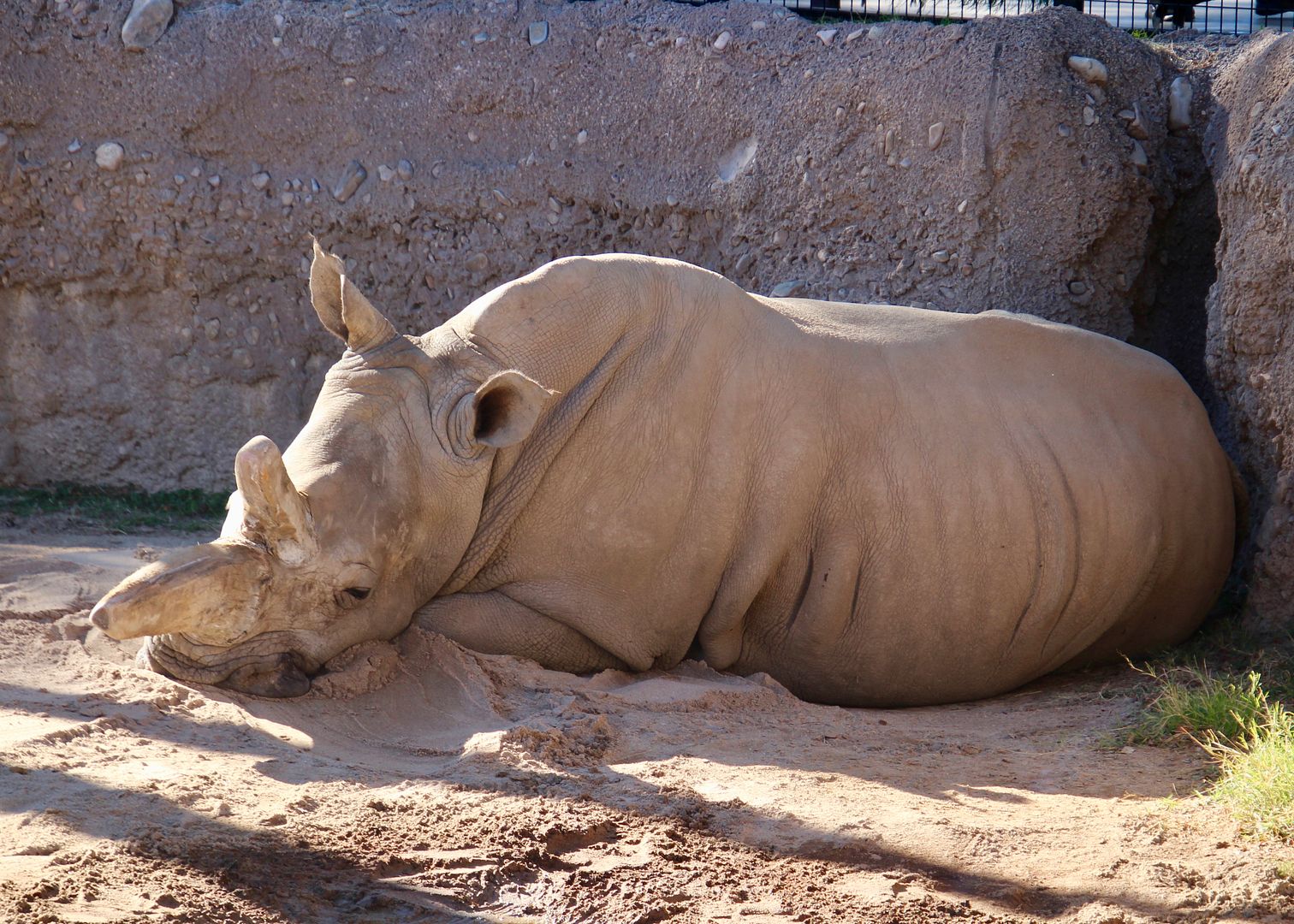
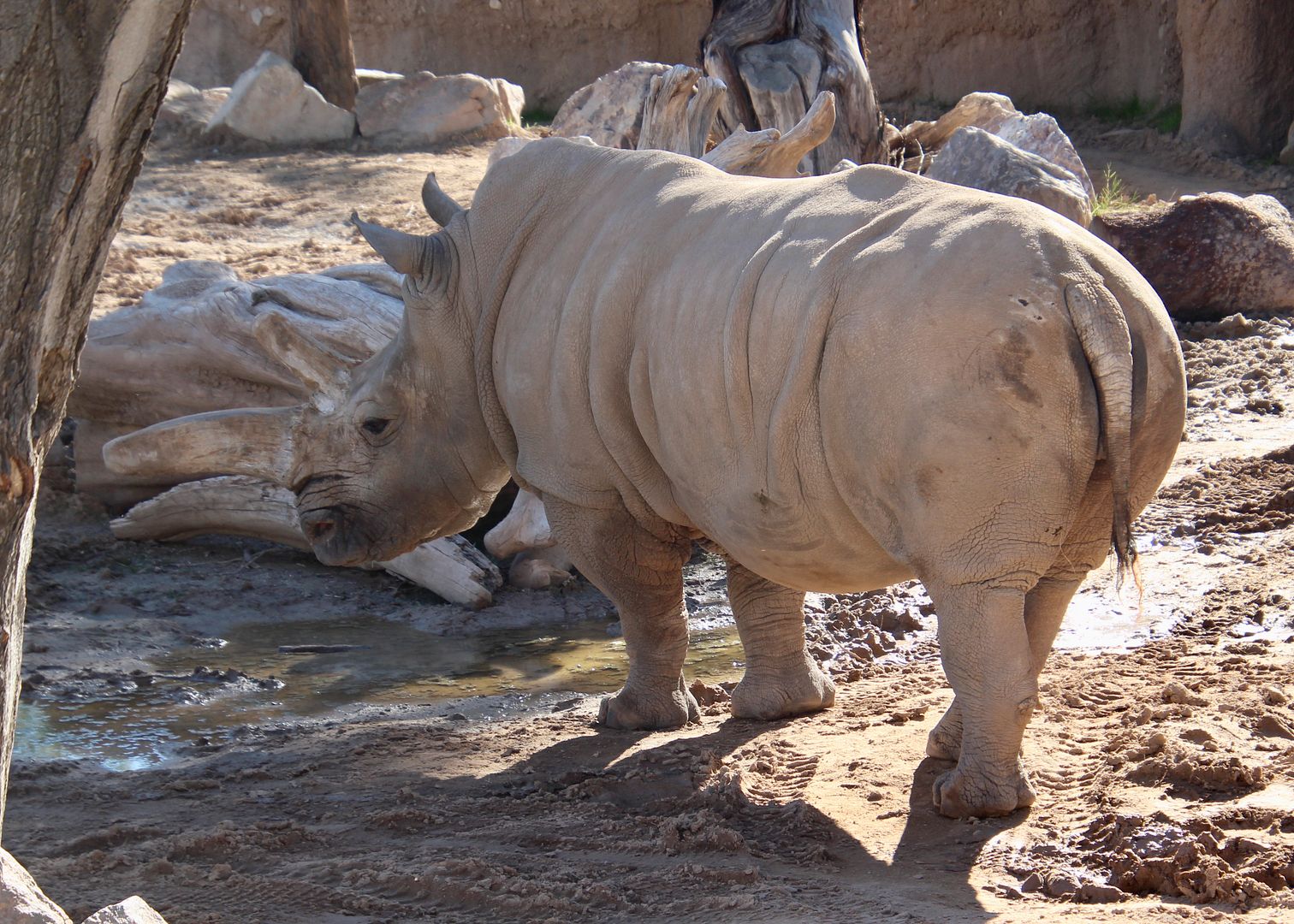
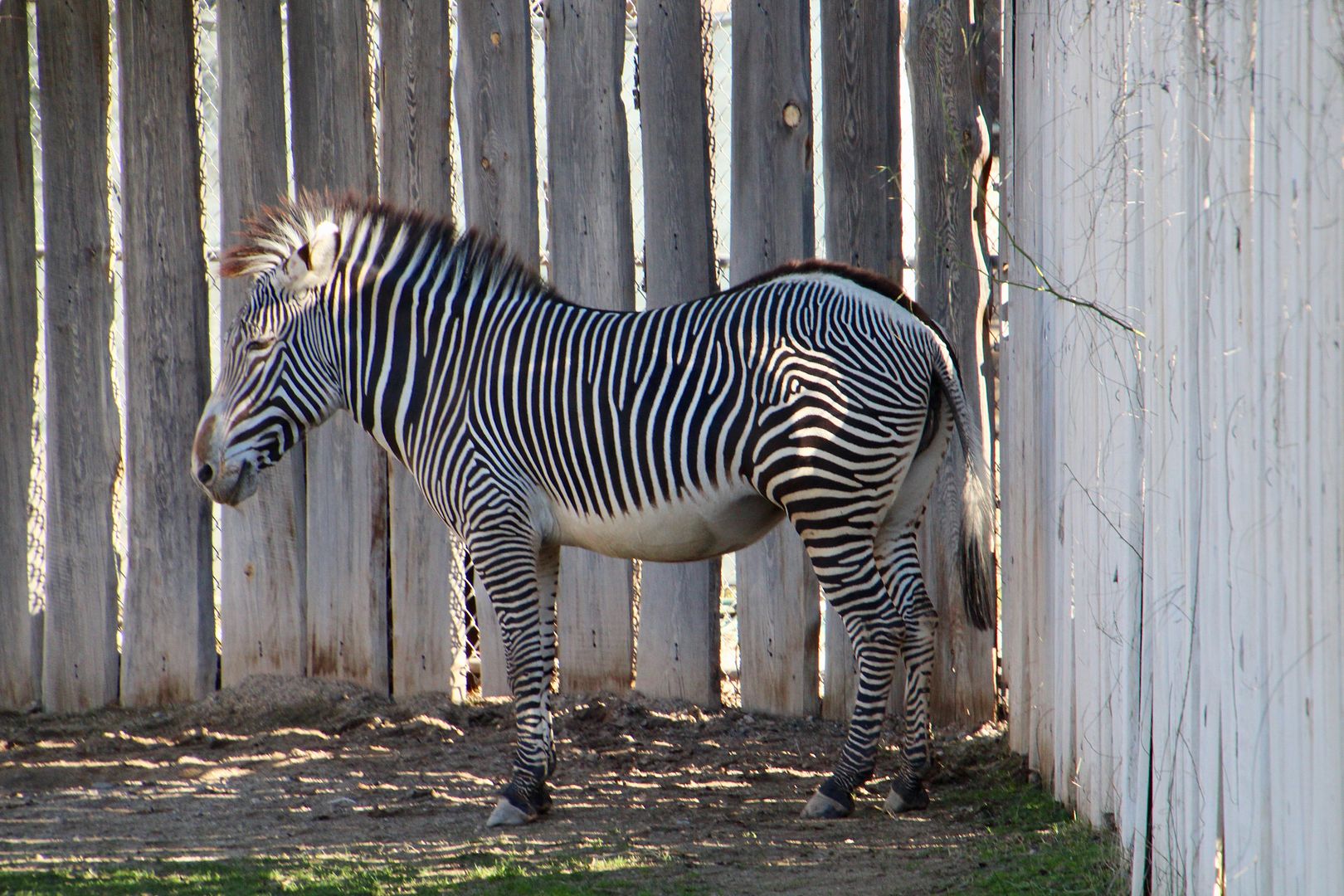

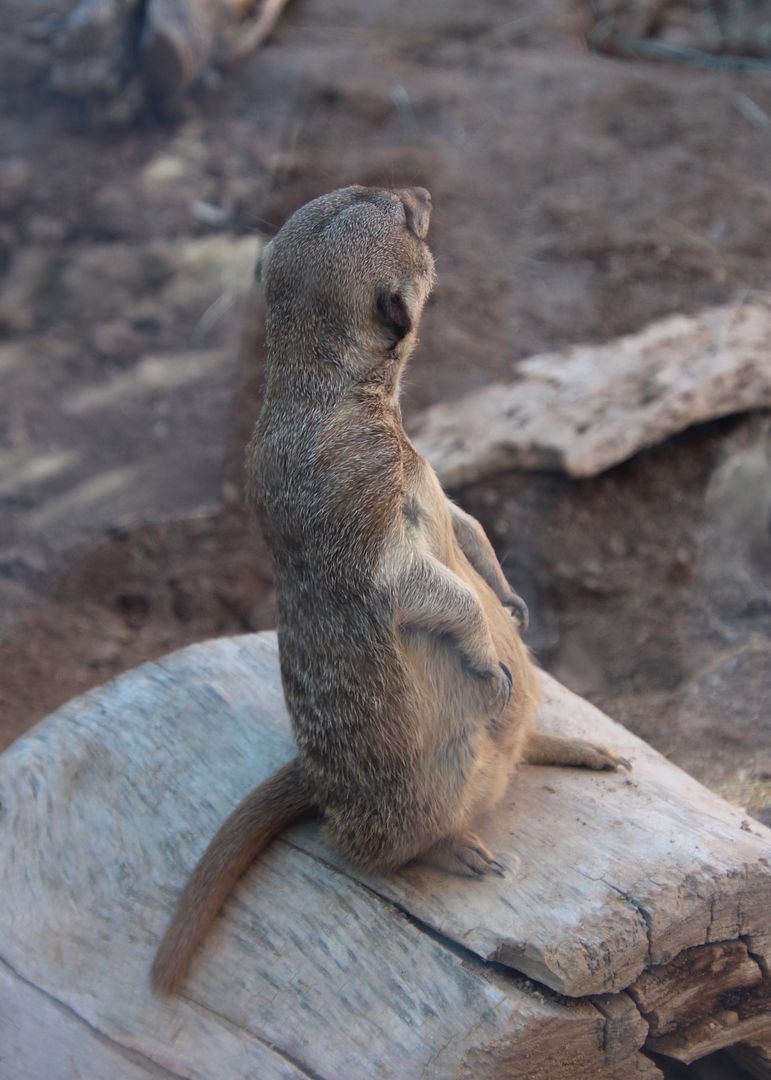


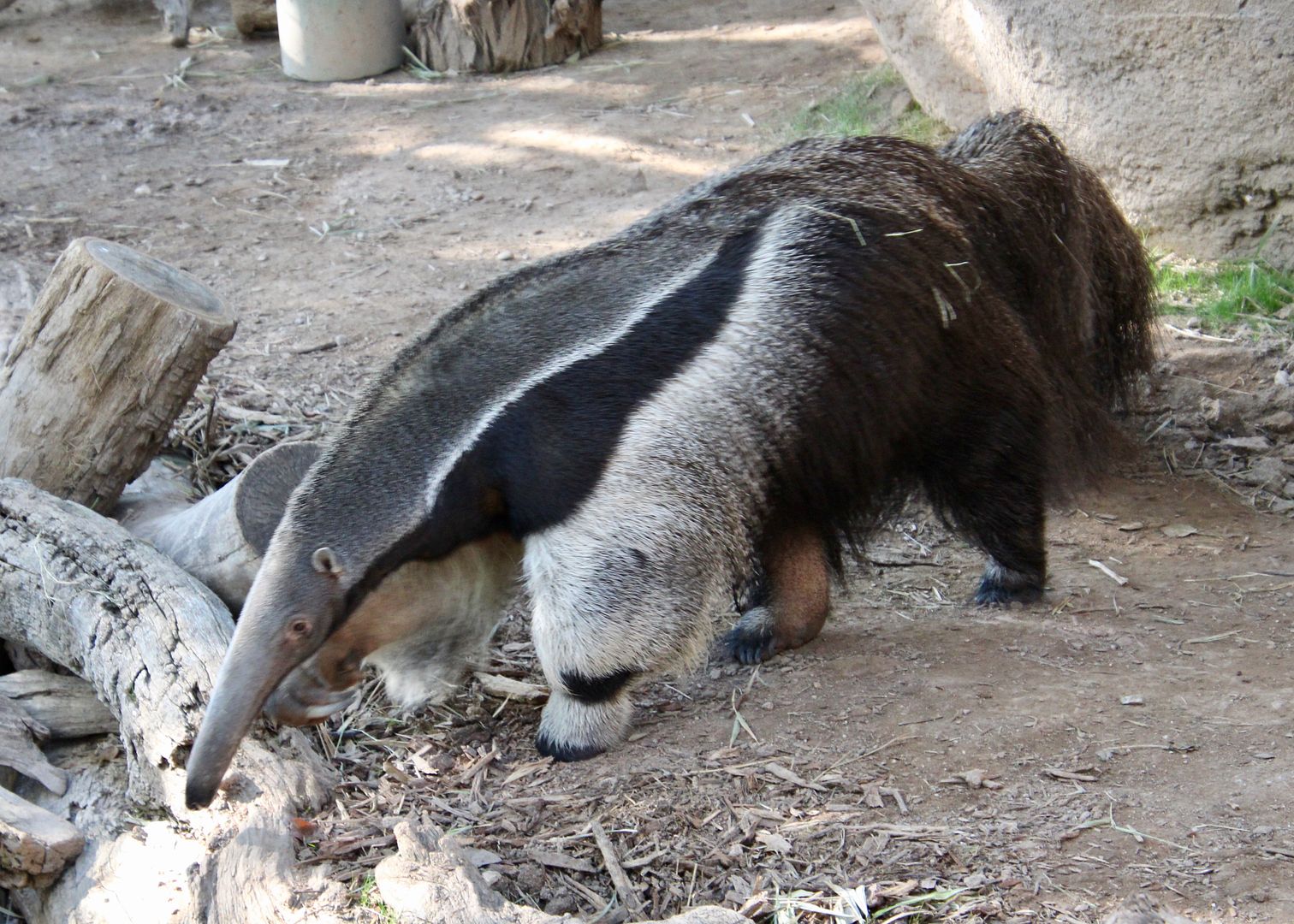

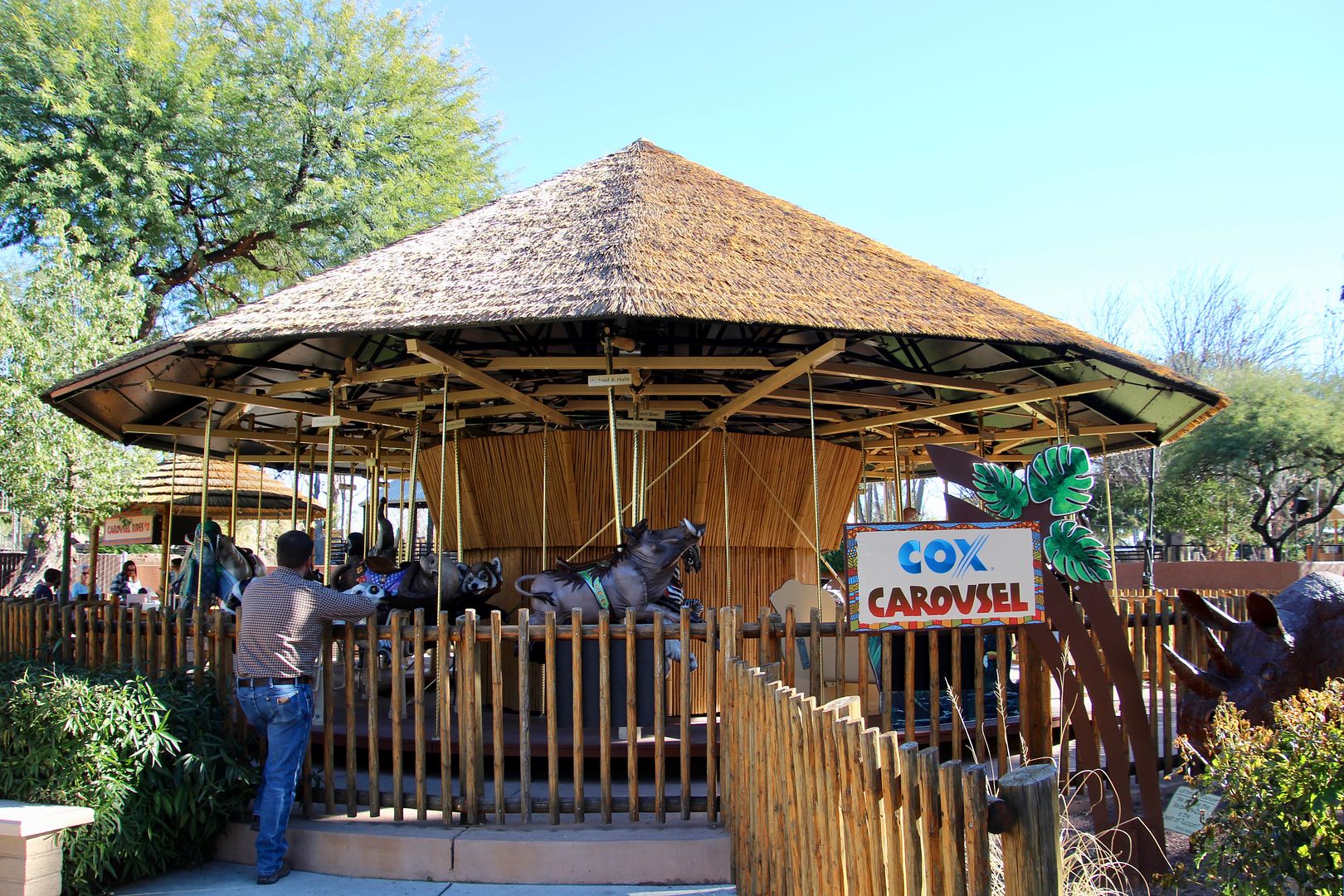
No comments:
Post a Comment